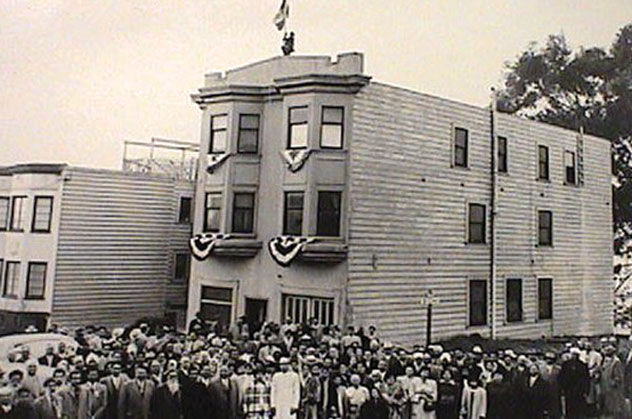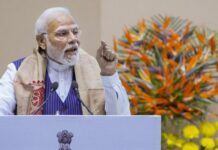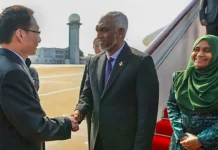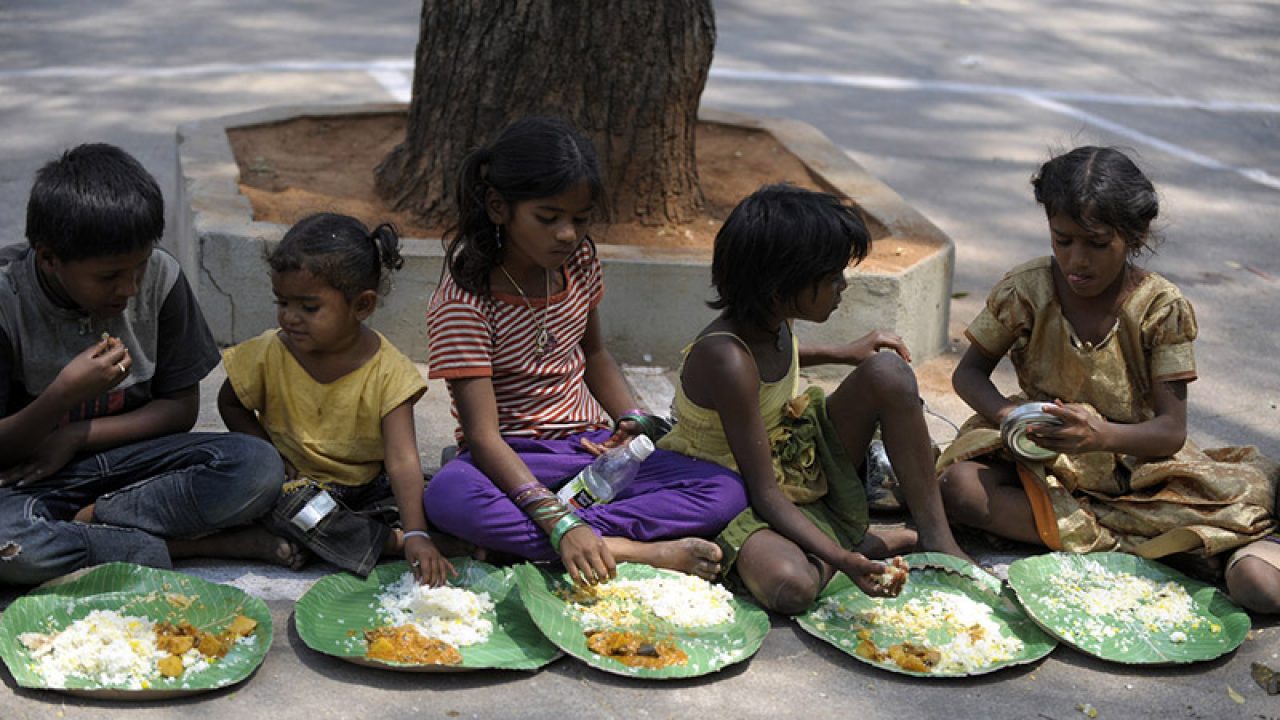AROONIM BHUYAN
India Post News Service
In March this year, the Indian Consulate in San Francisco signed an agreement with architect-consultant Iyer & Associates for the restoration of the Gadar Memorial building. As the Indians across the world celebrate the 73rd Independence Day of their motherland this August 15, the Gadar Movement, an important part of India’s freedom struggle, is sombrely remembered.
Initially called the Hindustan Association of the Pacific Coast, the Hindustan Gadar Party was founded in 1913 to free India from British colonial rule. The headquarters of the association was established initially at 436 Hill Street, San Francisco, and named as “Yugantar Ashram.” Subsequently, it was moved to a three-storey building at the current location, 5 Wood Street. An electric press was installed for the weekly Gadar journal and other revolutionary publications to propagate and promote the aims, objectives and activities of the organization.
Gadar is an Urdu word derived from Arabic which means “revolt” or “rebellion”. The Gadar Party was built around the publication The Gadar, which carried the caption on the masthead: Angrezi Raj Ka Dushman (an enemy of the British rule).
It was Lala Hardayal, the sixth of seven children of Bhoti Rani and Gauri Dayal Mathur of Delhi, who was instrumental in the creation of the Gadar Party. At an early age, he was influenced by Arya Samaj. He was associated with Shyam Krishnavarma, Vinayak Damodar Savarkar and Bhikaji Cama. He also drew inspiration from Giuseppe Mazzini, Karl Marx and Mikhail Bakunin.
Lala Hardayal was in India till 1909 when he moved to Paris and associated himself with a newspaper, Vande Mataram, there. However, he soon got disillusioned and in 1911 settled down in San Francisco where he indulged in industrial unionism. In 1913, he founded Hindustan Association of the Pacific Coast with Sohan Singh Bhakhna as its resident. This later came to be known as the Gadar Party. The members of the party were the immigrant Sikhs of US and Canada. The first issue of the weekly publication The Gadar was published from San Francisco November 1, 1913. Later it got published in Urdu, Punjabi, and Hindi among other languages.
The activities of the Gadar Party were so intense, its popularity so instantaneous, that the building soon came to be called “Gadar Ashram” and the freedom fighters of the party came to be known as “Gadri Babas”. So powerful was its influence that in August 1914, when the party called on overseas Indians to return to India to fight for its freedom, most living in North America heeded the call and no fewer than 8,000 of them were said to have returned to India to take part in the revolution. Because of the strong British vigilance, most of them were captured en route or upon return, many of them sent to jail, some killed or hanged. But their determination, courage and sacrifice inspired thousands of others to join in and continued to carry out their mission.
Then came the infamous 1914 Komagata Maru incident. Gurdit Singh Sandhu from Sarhali in Punjab was a Singaporean businessman who was aware that Canadian exclusion laws were preventing Punjabis from immigrating there. He wanted to circumvent these laws by hiring a boat to sail from Calcutta (now Kolkata) to Vancouver. His aim was to help his compatriots whose previous journeys to Canada had been blocked.
Though Gurdit Singh was apparently aware of regulations when he chartered the ship Komagata Maru in January 1914, he continued with his enterprise in order to challenge the continuous journey regulation, in the hope of opening the door for immigration from India to Canada.
At the same time, in January 1914, he publicly espoused the cause of the Gadar Party while in Hong Kong.
The passengers on the Komagata Maru consisted of 337 Sikhs, 27 Muslims, and 12 Hindus, all British subjects. One of the Sikh passengers, Jagat Singh Thind, was the youngest brother of Bhagat Singh Thind, an Indian-American Sikh writer and lecturer on “spiritual science” who was involved in an important legal battle over the rights of Indians to obtain US citizenship.
The Canadian government made claims that amongst the passengers were a number of Indian nationalists intent on creating disorder, including what it called the Gadar conspiracy. However this was a public relations cover for its real motive for turning back the ship – a desire to prevent Indian nationals from immigrating to Canada.
After being denied entry into Canada, the Komagat Maru was forced to return to Calcutta, India. There they were fired upon by Indian Imperial Police, resulting in the deaths of 20 Sikhs.
The inflamed passions in the wake of the Komagata Maru incident were widely cultivated by the Gadar Party to rally support for its aims. In a number of meetings starting from California in 1914 with the Indian diaspora, prominent Gadri Babas including Barkatullah, Tarak Nath Das, and Sohan Singh used the incident as a rallying point to recruit members for the Gadar movement, most notably in support of promulgating plans to coordinate a massive uprising in India. Their efforts failed due to lack of support from the general population.
After India won its freedom in 1947, the Gadar Ashram in San Francisco along with its belongings including some historical records etc. was handed over in 1949 to the India government through the Indian Consulate. However, de jure transfer was effected in June 1952. The building, at that stage, was very much in a dilapidated condition. Efforts were made from 1952 onwards to set up a suitable memorial by the local Indian community and the Indian government, the latter sanctioning $83,000 for the restoration work.
The ground breaking ceremony for the restoration of the building was performed by Sardar Swaran Singh, the then Indian Minister of External Affairs in September 1974. The Gadar Memorial was finally inaugurated by T.N.Kaul, at that time India’s Ambassador to the US, in March 1975.
The Gadar Memorial Library was inaugurated by Y.B.Chavan, the then Indian Minister of External Affairs in October 1976, marking the donation of books by the Indian Council for Cultural Relations.
But over 40 years later, the building lost its sheen again. With the Indian Consulate signing the agreement for the restoration of the building in March this year, it is expected to regain its lost glory. Once restored, the building will house a museum displaying artefacts and documents from the period of the Gadar Movement, a library, a multi-purpose hall, as well as spaces and facilities for research scholars.







